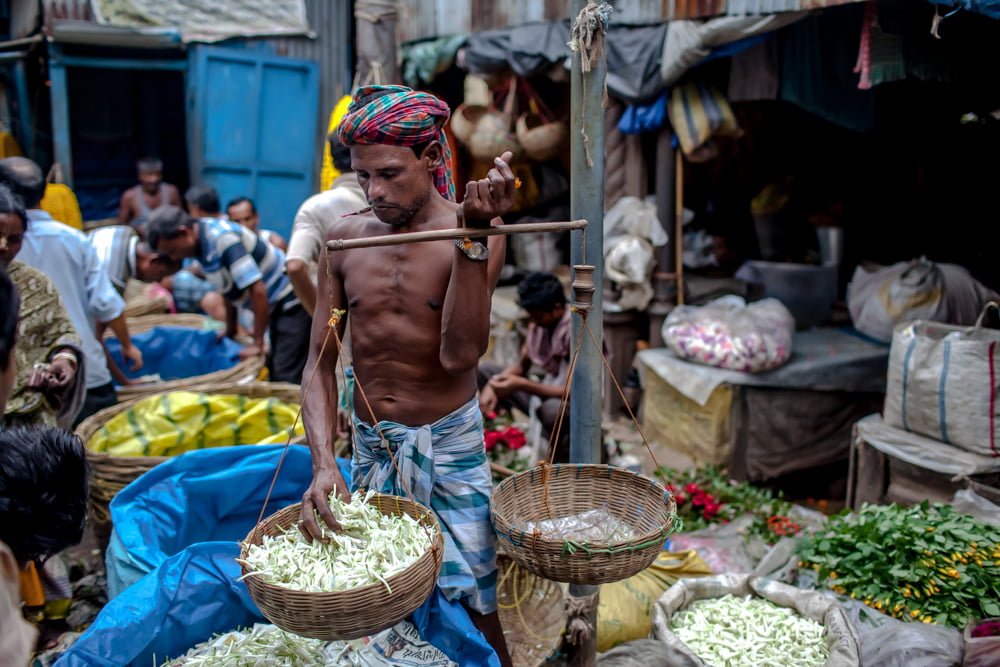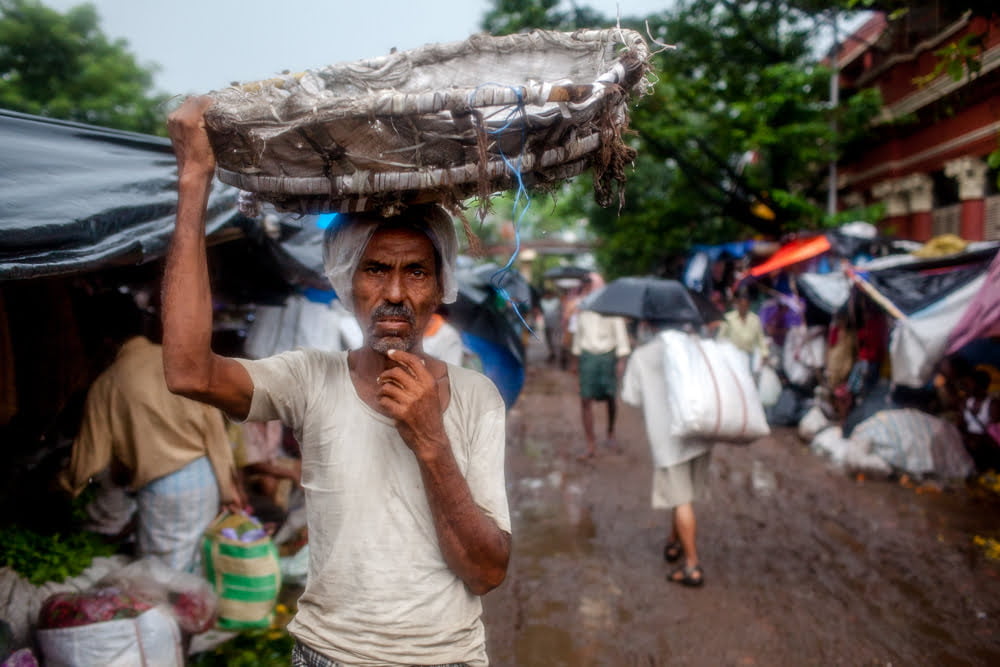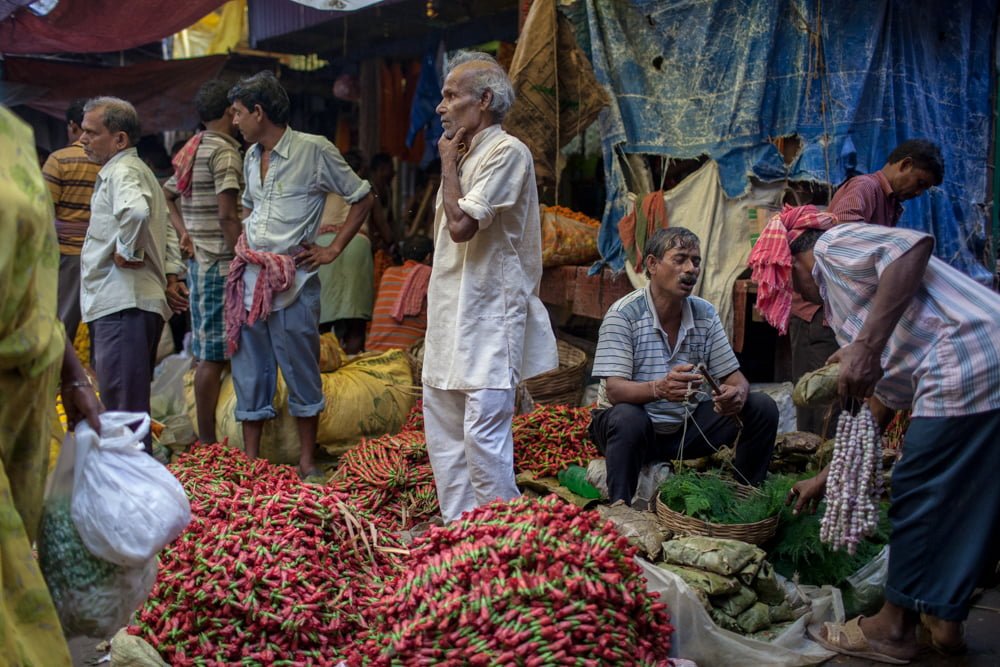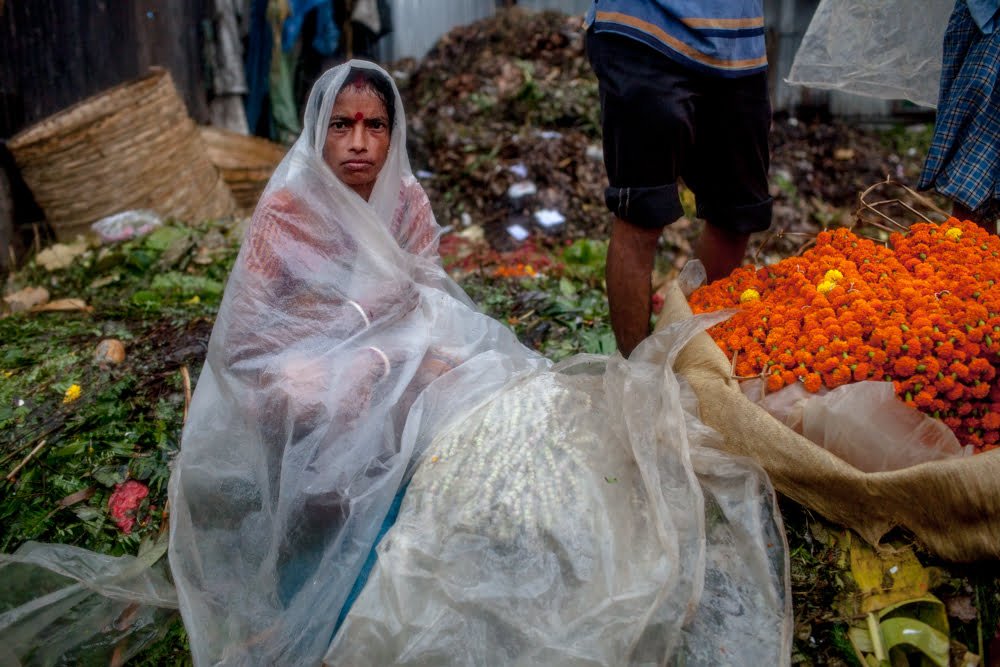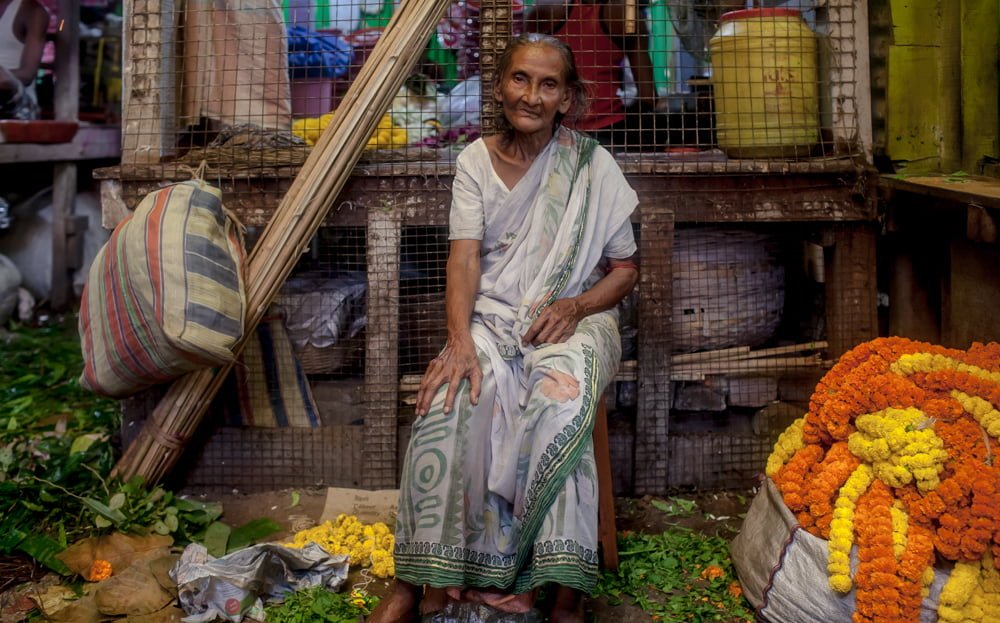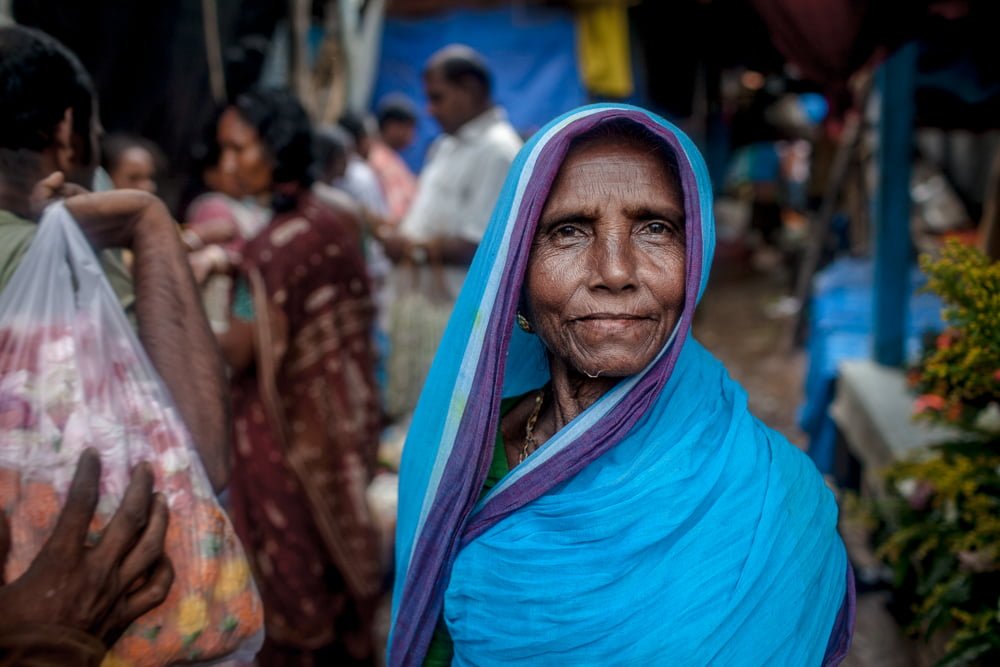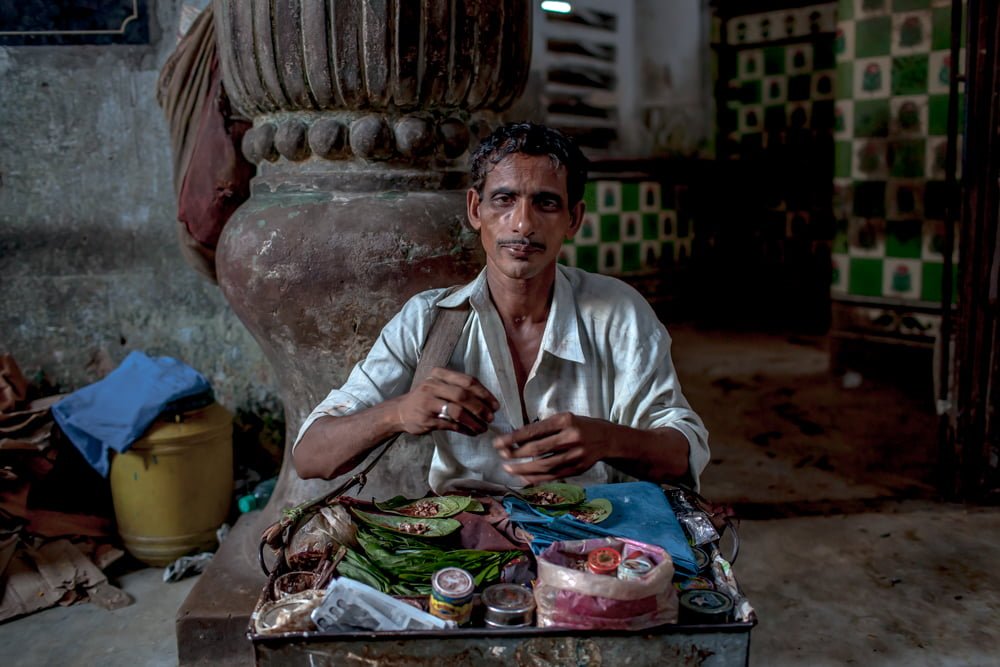Besides the river Ganges/Hooghly and traversing both sides of the mighty Howrah Bridge in Kolkata can be found the Mullick Ghat Flower Market, one of the largest flower markets in Asia. Both flowers and colour play substantial roles in the world of Hindu worship and everyday, in a fascinating spectacle of humanity, vendors and buyers meet to fulfill the spiritual requirement for flowers over west Bengal.
The market starts around 4 am in the morning with flower sellers from adjacent areas of Kolkata gathering with their colourful merchandise. The sellers displayed their merchandise – roses, marigolds, sunflowers, garden balsams and other flowers lay in all their colourful glory. There is utter chaos everywhere, the market is overcrowded, but the experience of seeing such a vibrant market is altogether unique. Quite obviously, the market becomes all the more booming during the festive and marriage seasons.
5 Flowers of Hindu Religion
Jasmine has been mentioned in Hindu scriptures since the time of the Vedas. It is used in worship to decorations in weddings, kholams, doorways, statues and even on photos. Jasmines are also used in making perfumes, incense sticks, tea and other recipes.
Many have claimed that jasmine is one of the favourite flowers of Lord Vishnu. The sweet smell is believed to calm your nerves and will help you to relax.
In Hindu weddings, the jasmine flower are often used as the bridal flower to symbolise a promise as a deep and everlasting love between the married coupled. It also symbolises attachment, sensuality, modesty, grace and elegance.
Marigold is another flower famously used by Hindus as garlands for the Hindu god and goddesses.
The flower is seen as a love charm and is widely used in weddings. Its unpleasant smell can actually prevent insects and pest. This is why it is used to decorate homes and weddings. In other cultures, the marigold represents passion and creativity.
The hibiscus is usually offered to Goddess Kali because it is the representation of Kali’s tongue. The colour red that an hibiscus posses is symbolic to the fierceness within her.
Hibiscus is also offered to Lord Ganesha. The Ganesh principle is believed to be present in the petals of a Hibiscus flower. This principle denotes that its petals has the ability to emit divine consciousness.
Overall, the red hibiscus is supposed to bring wealth into your life and destroy your enemies.
The lotus flower symbolises beauty and purity. Goddess Lakshmi sits on a red Lotus and Saraswati sits on a white lotus. This flower is also associated with Lord Brahma.
This aquatic flower is rooted in the mud but floats on water without becoming muddy. In Hinduism,this shows how one should live in this world without attachment to their surrounding. Additionally, it represents triumph, fertility and wealth, therefore, it was chosen as India’s national flower.
In many parts of the world, the rose represents love and affection. In India, it is used in worship and for its medicinal values.
Rose petals are usually sprinkled on a newlywed’s bed. Its sensual smell is believed to create romance between the couple. Rose has also been proven to make a person more emotionally available.
For more images of the people who occupy, work, sleep and feature in this landscape of colour please visit this Gallery
